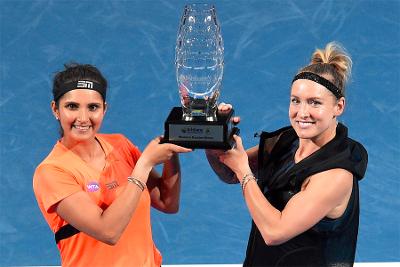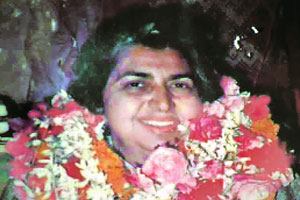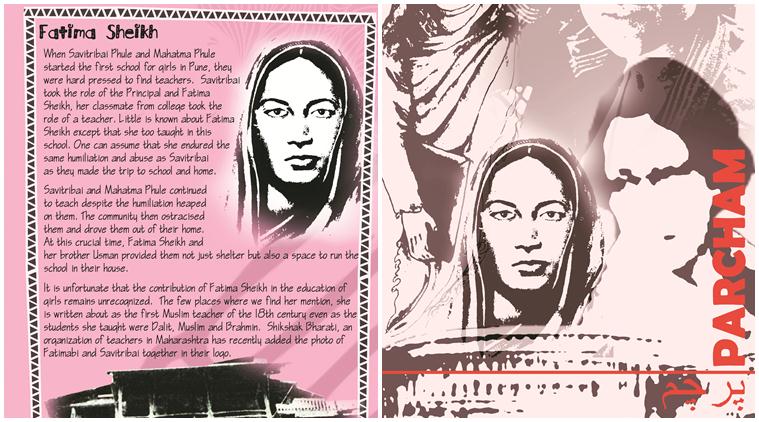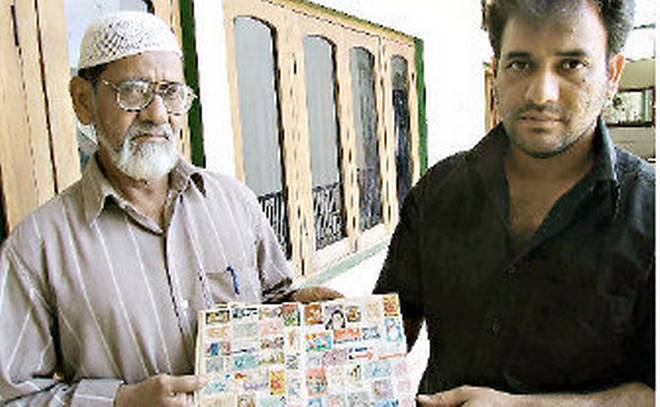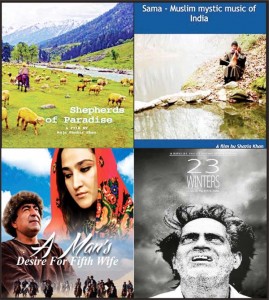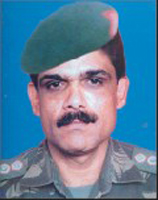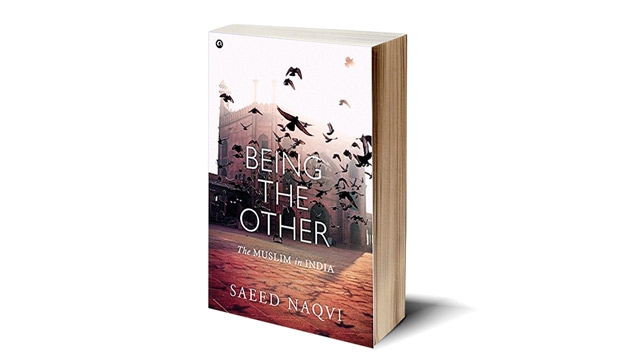NEW DELHI :
It has been a tough battle for Faiza Nisar Ali who helped steer the entry of girls into the male bastion of the Anglo-Arabic School.
New Delhi
It has been a tough battle for Faiza Nisar Ali who helped steer the entry of girls into the male bastion of the Anglo-Arabic School.
Her struggle of that of many other Muslim women created history when the school admitted girls for the first time this year in its more 300-year-old existence.
Ms Ali’s fight began in March when she was appointed to prepare a feasibility report on why Muslim boys and girls should study under the same roof.
She had to contend with numerous pitfalls along the way, including frantic phone calls from community hardliners trying to dissuade her, being blamed for scripting something “un-Islamic”, countless sleepless nights and the trauma of a miscarriage.
“After months of research, consultations with educationists, psychologists and parents, I concluded in my report that co-education among Muslims would result in greater progress and help them in the later stages of life,” Ms Ali, who has been the business studies teacher at the same school for more than six years, told IANS.
She recounted the events with moist eyes.
“After the report was done, the staff became very resistant. The teachers went against me and I was held liable for being un-Islamic,” she said.
The report spoke on how co-education could boost academic performance of both the sexes, the structure of the Anglo-Arabic school, located as Ajmeri Gate, in the old quarters of Delhi, and its importance. The report also highlighted that Muslim parents wanted their girls to go to a co-ed institution.
Despite facing internal resistance from the predominantly male school staff, the managing committee of the school on March 26 decided to open its doors to girls.
However, the landmark decision did not end Ms Ali’s agony. While her family was supportive, the mental pressure due to the angry reactions sent her to hospital.
Then eight weeks pregnant, Faiza went through a miscarriage.
“I had this invisible pressure about how to face colleagues in the school. I had gone through a lot, but I did not want to leave it in the middle,” the mother of a five-year old said, adding that her “mother had even suggested [she] distance herself from all the activities”.
Her cause to turn the school coed gained strength when a Jawaharlal Nehru University student, Fatima Alvi, filed a petition in the Delhi High Court.
On May 24, the court backed their cause. The school management swung into action and has so far admitted more than 30 girls in Classes 6 to 11.
For many Muslim girls studying in nearby girls’ government schools, the move is a dream come true as they can switch to the Anglo-Arabic School that has had among its students Liaqat Ali Khan, the first prime minister of Pakistan, Sir Syed Ahmad Khan, founder of Aligarh Muslim University, JN Dixit, former national security adviser and foreign secretary.
Burqa-clad Darakshna Fatima, 17, beams with joy for having made it to the school.
“I lost my father 6 years back, since then my mother has been the pillar of strength for me,” Darakshna, who aspires to become a chartered accountant, told IANS.
The Class 11 student added, “Our relatives had reservations, but I am proud that my mother fought for my education.”
Darakshna’s sister Gulafshan has also secured admission to the school, that started off as Madrasa Ghaziuddin around 1692.
However, Ms Ali says the fight is not over yet. Though girls have been admitted, the resistance among many staff members remains.
“Let’s hope there is an attitudinal shift and changes begin to happen,” Ms Ali said.
source: http://www.thenational.ae / The National / Home> World> Asia / IANS / June 04th, 2017
